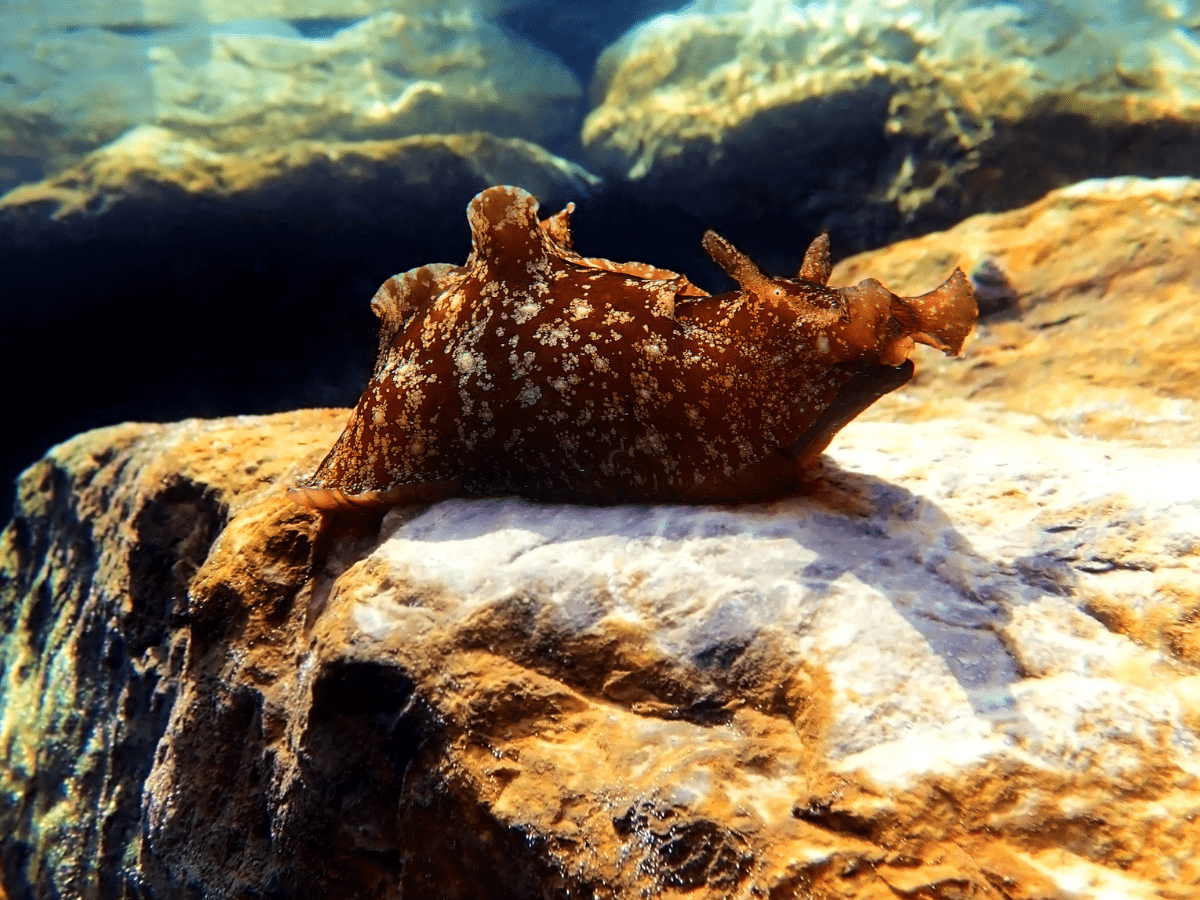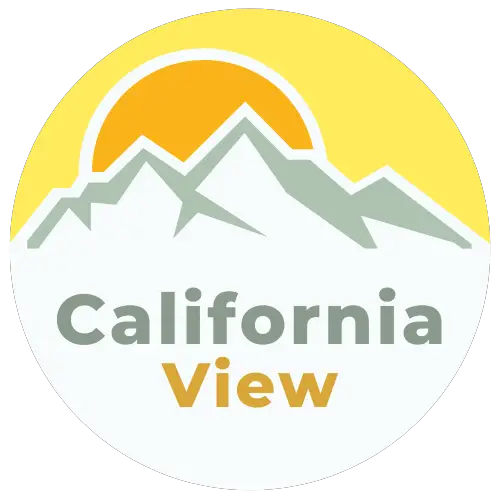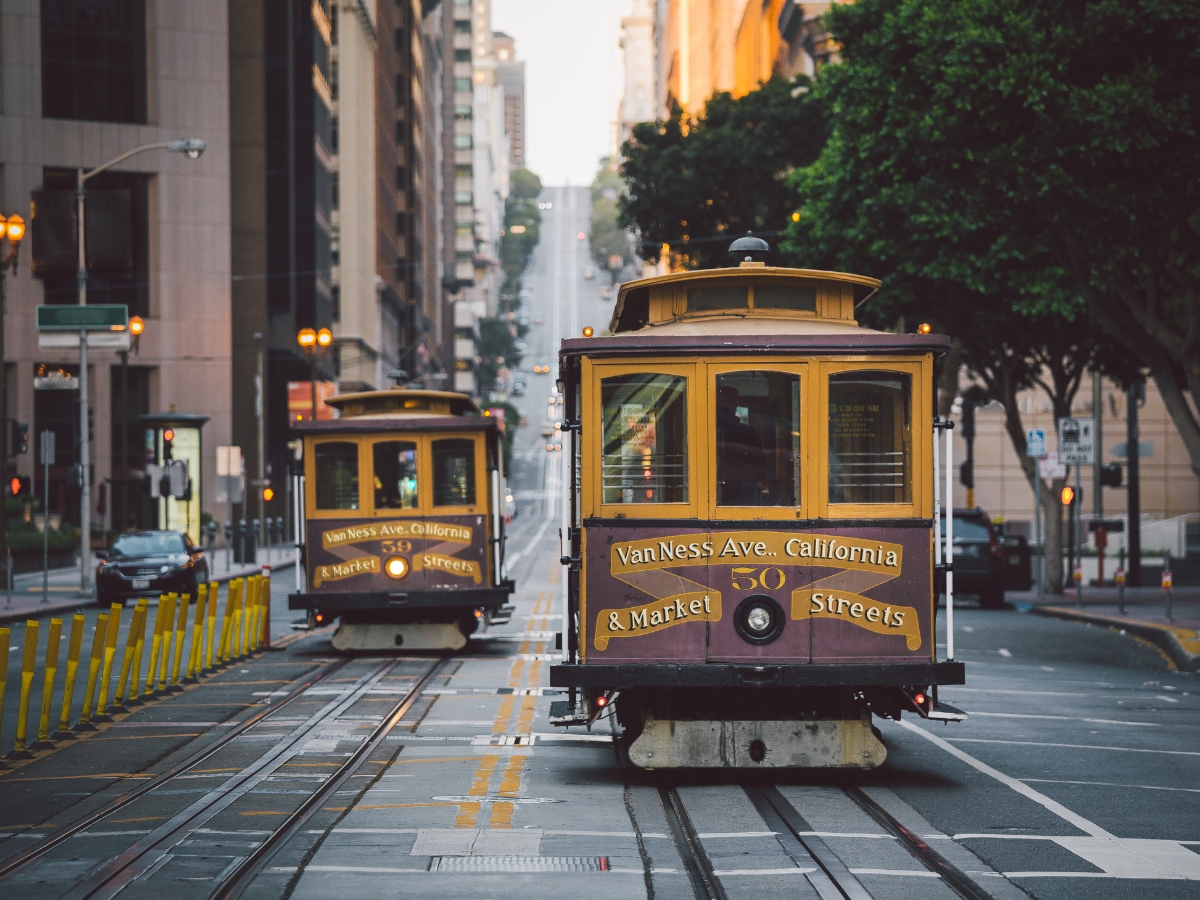The California black sea hare (aplysia vaccaria) is a species of sea slug, which forms part of the gastropod mollusk branch in the Aplysiidae family. This particular species of gastropod is the largest in the world. Despite looking like fat and soft slugs, these dark mollusks often weigh up to 35 pounds.
California black sea hares live mainly in the northeast of the Pacific Ocean, off the coast of California in the United States. They’re also found in Baja California, Mexico, and the Gulf of California. The sea hares feed mainly on brown seaweed and kelp, which contribute to their deep and dark color.

California Black Sea Hare
California black sea hares resemble plump, soft, and dark slugs that you might find in your backyard. However, these gastropods live in the ocean and spend the majority of their time sifting through thick underwater vegetation. Seaweed and other native algae are the main food sources for California black sea hares.
Young sea hares tend to occupy deep waters as that’s where they are born. However, they grow extremely quickly and once they reach adulthood, they venture toward shallow waters with shelter, vegetation, and low tide. The aplysia vaccaria are studied extensively due to their unique reproductive methods, behavior, and biology.
California Black Sea Hare Appearance
Soft and round, California black sea hares look like balls of sludge. On closer inspection, you’ll notice that they have two flaps that resemble wings on either side of their heads. They get their color from the dark algae they consume in the Pacific Ocean. Sea hares eat using small jaws and a grasping radula (tongue-like appendage).
California black sea hares have antennae on the tops of their heads. One is located close to the mouth, while the other sits just behind the eyes. This species can’t see like human beings and other marine wildlife. Instead, they can detect light and dark. Sea hares also have a foot-like appendage that they use for locomotion and water siphoning.
They have large anterior tentacles, which they use to smell. The sea hare’s mantle is protected by a transparent and flexible shell. This is a critical protective layer that shields its vital organs. If you look closely at a sea hare’s head, you’ll spot small horns called rhinophores. These are extremely important for picking up chemical cues in the ocean.
Sea hares have important, well-developed digestive and nervous systems. Their digestive tracts run along the front of their stomachs and meet the horned plates on their heads. These help hares break down food before it’s digested.

Black Sea Hare Size
As mentioned, the California black sea hare is the biggest gastropod in the world. A standard hare measures approximately 16 inches long, 8 inches wide, and 8 inches high. However, the giant California black sea hare can grow even larger. The biggest ever hare recorded was 39 inches long when fully extended.
Although the aplysia vaccaria appears to be quite squidgy, it’s surprisingly firm. Its thin shell gives it considerable robustness. Interestingly, California black sea hares have a short life span, lasting just a single year. They grow at an astonishingly fast rate of up to 5 grams per day.
California Black Sea Hare Depth
California black sea hares dwell in relatively shallow, sheltered, coastal waters near rocks and thick underwater vegetation. The depth of the water depends on the age of the hare. Adults stick to middle to low-tide areas along the shore. Younger sea hares usually live in waters up to 60 feet deep.
If you want to find a sea hare along the California coast, search through thick seaweed and other marine vegetation. You’ll find them trawling for food among the seaweed. However, it’s important to proceed with caution as you may disrupt their habitat.
How Do Black Sea Hare Reproduce?
One of the most interesting things about the California black sea hare is its reproductive process. The species is what’s called a simultaneous hermaphrodite, meaning it has the male and female sex organs: a single opening and channel that contains the sperm and ova.
Both of the black sea hare’s sexual organs can activate at the same time, making it very different from other nonsimultaneous or sequential hermaphrodites. While they can use both organs simultaneously, only one hare acts as the sperm donor and the other acts as the receiver during the mating process.
The donor is typically determined by the size of the hare. In most cases, the smaller hare is the sperm donor and the larger hare is the receiver. Although each hare assumes one rule during a singular mating procedure, it’s common for individual hares to be both donors and recipients over the course of the mating season.
Summer usually marks the beginning of the mating season for California black sea hares. Once spring arrives, they venture into deep waters to spawn their offspring. Their eggs are protected by a jelly-like substance that looks similar to spaghetti. California sea hares often die shortly after spawning as their nervous system begins to fail.

Black Sea Hare Predators
California black sea hares have very few predators. Among them include lobsters, California aglaja, and starfish. There are two main reasons why sea hares have so few predators.
Firstly, they are quite large and heavy, relative to their habitat. There are not many predators large enough to prey on them. Secondly, California black sea hares have protective mechanisms that deter many predators. Releasing chemicals or toxins not only discourages predators from attacking, but they can also harm them.
California black sea hares differentiate themselves from other members of their species as they cannot produce ink. Instead, they release a toxic chemical through secretion, which staves off would-be predators. They absorb these toxins through the food they consume.
Can You Keep a California Black Sea Hare as a Pet?
California black sea hares have a relatively short lifecycle and thrive only in specific environments, like the Pacific Ocean. This means they shouldn’t be kept as pets. Moreover, their ability to secrete harmful toxins makes them potentially dangerous to keep as pets.
California Black Sea Hare Aquarium
Although it’s not an ideal environment, specially-built aquariums can form safe habitats for sea hares. However, they must be taken care of by advanced aquarists. Otherwise, sea hares have the potential to kill or poison other fish and animals within the aquarium ecosystem.
Black Sea Hare FAQs
Is a black sea hare edible?
Black sea hares are preyed on by lobsters and starfish so they are edible. However, their naturally secreted toxins make them dangerous to eat. They are not typically eaten by humans or served in restaurants.
Are black sea hares poisonous?
California black sea hares are not strictly poisonous. However, they have a protective mechanism whereby they secrete toxins that deter predators from preying on them. These mildly poisonous chemicals are one of sea hares’ most effective safeguards.
Can you touch a California sea hare?
While the toxins California black sea hares release are not harmful to humans, people are discouraged from touching them. These peaceful and unassuming creatures are not afraid of humans. However, touching them can unsettle them and cause them to leave the habitat that they’re feeding from, which can ultimately lead to their death.
References





